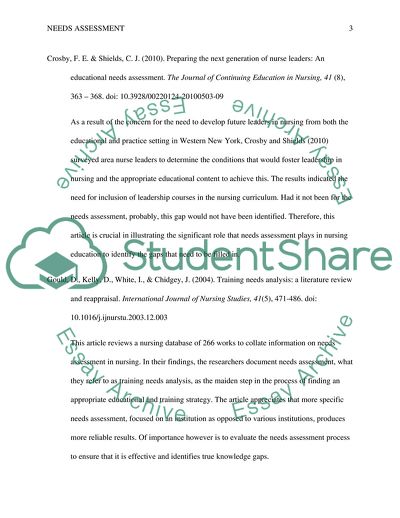Cite this document
(Performing Needs Assessment: an Annotated Bibliography Example | Topics and Well Written Essays - 1750 words, n.d.)
Performing Needs Assessment: an Annotated Bibliography Example | Topics and Well Written Essays - 1750 words. https://studentshare.org/education/1809427-annotated-bibliography
Performing Needs Assessment: an Annotated Bibliography Example | Topics and Well Written Essays - 1750 words. https://studentshare.org/education/1809427-annotated-bibliography
(Performing Needs Assessment: An Annotated Bibliography Example | Topics and Well Written Essays - 1750 Words)
Performing Needs Assessment: An Annotated Bibliography Example | Topics and Well Written Essays - 1750 Words. https://studentshare.org/education/1809427-annotated-bibliography.
Performing Needs Assessment: An Annotated Bibliography Example | Topics and Well Written Essays - 1750 Words. https://studentshare.org/education/1809427-annotated-bibliography.
“Performing Needs Assessment: An Annotated Bibliography Example | Topics and Well Written Essays - 1750 Words”. https://studentshare.org/education/1809427-annotated-bibliography.


